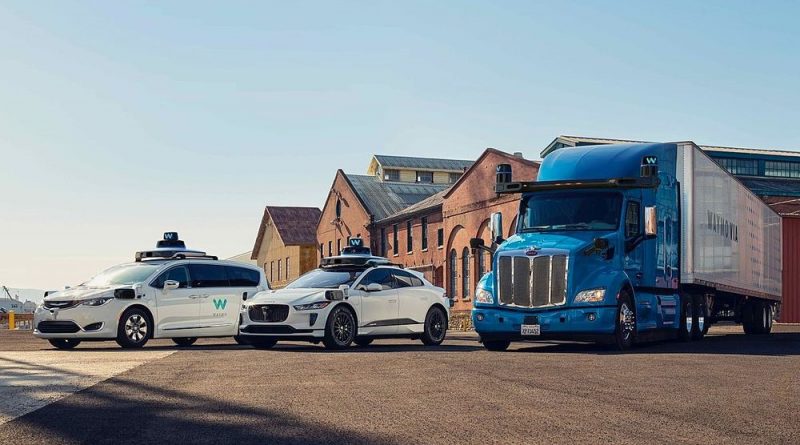Waymo’s Self-Driving Feat
By Amy Chin
Technology and Innovation Editor
Since the discovery of machine intelligence, companies across the tech industry have been seeking ways to implement this technology in everyday activities for the average consumer. Waymo, the self-driving vehicle branch of Alphabet, has accomplished this feat as the first company to go public with its autonomous ride-hailing service.

The program will be exiting its beta phase and expanding operations in the metro Phoenix, AZ area to now include the general public. Waymo has been testing cars in the Phoenix area since 2016 as the company slowly grew its tech and capacity to its current point of a fully-fledged commercial service with a fleet of more than 300 driverless cars. While not widely shareable, those who originally tested the program are now able to bring along friends or family for these autonomous rides. In November, the Waymo One app will be released to the general public in the Phoenix area giving broader access to those in the roughly 50-square-mile service area.
While COVID-19 has caused headaches for businesses due to social distancing measures, the self-driving cars pose a favorable alternative to other ride-sharing options currently available. However, Waymo’s new service is limited to solely driverless rides as its driverless fleet of Chrysler Pacifica minivans have yet to be equipped with barriers between the front and back rows. Waymo’s separate testing fleet still requires a human safety driver riding in the passenger seat and will look to add these vehicles to the operating fleet once proper safety measures have been added. While no official announcements have been made, Waymo is also hopeful to expand the driverless program to other locations including the state of California.
Alphabet, parent company of Google, is not the only company interested in self-driving cars. Amazon acquired Zoox, a self-driving startup, earlier this year as one of its largest investments in autonomous vehicles. Amazon has also invested in Aurora, a startup developing a virtual driver, while piloting its own delivery robot program called “Scout” in Washington and California. Uber is also pursuing autonomous vehicles but recently went through a strategy reset for its Advanced Technologies Group after incurring several setbacks. Companies across industries are partnering to join this race to bring autonomous vehicles to the broader consumer market.
Ride-hailing is not the only newsworthy thing Waymo has been up to. What once was a simple research startup has reached the level of a revenue producing commercial venture. While the revenue Waymo earns still pales to what Google can generate, its position as the frontrunner in autonomous driving bodes well for a future full of potential expansion opportunities. Indications of future success include Waymo’s recent fundraising efforts that raised $3 billion from marquee investors, marking the first time Waymo accepted funding outside of Alphabet. Waymo has also been competing with TuSimple in the freight trucking space. Both companies have fully operational and expanding autonomous freight networks that utilize self-driving trucks. While TuSimple focuses on trucking, Waymo is looking at a variety of distribution channels for its self-driving tech. Partnering with UPS, Waymo is looking to establish a long-term relationship as it offers the driverless Pacifica minivans as package delivery vehicles in just one of many Waymo Via programs. Overall, autonomous vehicles can be expected to drive stuff more often than people but Waymo has succeed in delivering both types of cargo.
Please contact Amy at chinamy@shu.edu

